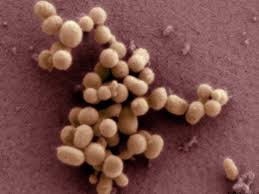
The synthetic biological cell "
Synthia" is the first living organism whose parent is not a living thing but a computer.

Humans share 50% of
DNA with a banana.
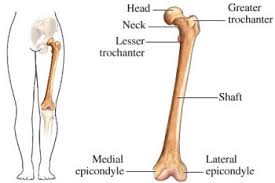
The
femur (thigh bone) is the largest and longest bone in the human body.
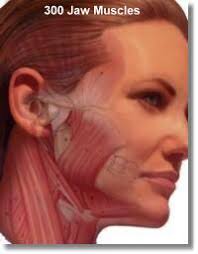
The
jaw is the strongest muscle in the human body in terms of exerting force.

An adult
Mayfly's life is as short as a few minutes, but its body hatches for about a year.

The
nails on long fingers grow faster than short fingers; and fingernails grow four times faster than toenails.
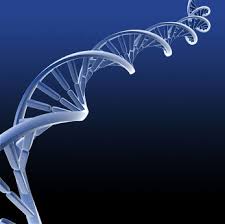
There's about 1.8m (6 ft) long
DNA inside every cell nucleus in our body, and an average adult body contains around 50 trillion (million million) cells.

Some migratory birds have a "magnetic compass" in their body (a sense called
Magnetoreception) to help them navigate using Earth's magnetic field.
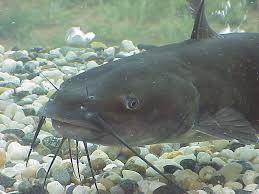
The
catfish father keeps the eggs in his mouth until they are ready to be hatched.
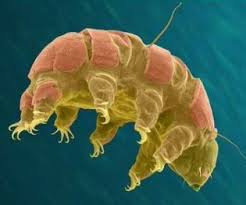
The tiny Water Bear (
Tardigrade)
can survive environments extreme enough to kill any other animal - with
temperatures as low as -273°C close to Absolute Zero to as high as
151°C.
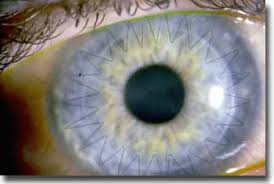 Corneas
Corneas are the only tissues that don't require blood.
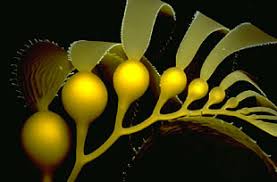
The
Giant Kelp algea (Macrocystis pyrifera) is the fastest growing organism on earth and can grow at a rate of 70cm (two feet) a day.
Submitted by: Edmer Aguilar
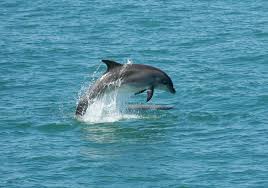 Dolphins
Dolphins only "sleep" half awake - keeping one eye open while consciously breathing and floating on surface.

The length between your
elbow and
hand (forearm) equals the length of your foot.

If you fully stretch your
arms out, the fingertip to fingertip length is almost exactly your body height.
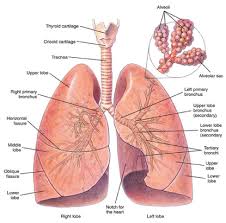
The lightest organ in the human body is the
lung.
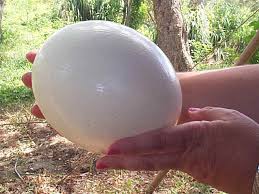
An
ostrich egg is also the largest existing single cell.
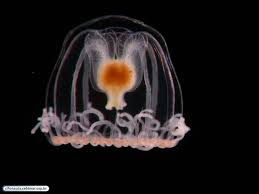
A kind of jellyfish (
Turritopsis nutricula) upon reaching adulthood can transform itself back to childhood by converting its cells. It may repeat this to live forever.

To avoid predators, a mother
Slow Loris licks its offspring with poison before sending them off to search for food.
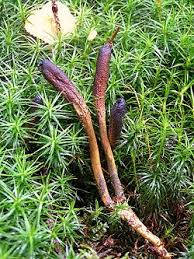
The fungus
Cordyceps is able to "mind-control" other insects like ants to climb plants and attach there to become its food.
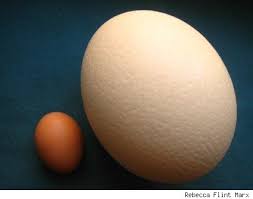
The biggest egg in the world is the
ostrich egg. It could take as many as 30 chicken eggs to equal its volume, and up to 2 hours to hard boil.
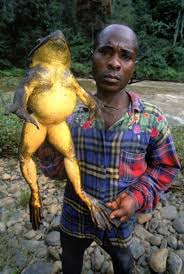
The largest frog in the world is
The Goliath Frog of
Gabon in West Africa and can grow as big as 33cm long and up to 3kg heavy.
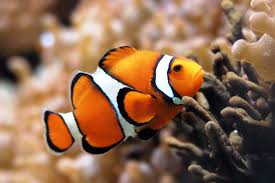
When the queen of a
clownfish school dies, a male clownfish changes its gender to become female and takes her place.
Submitted by: Susie - Port Saint Lucie, Florida, United States.

The life of an
eyelash is about 5 months.
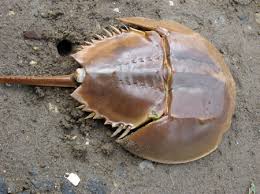
The
Horseshoe crab has blue blood.
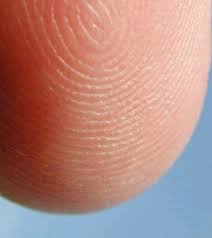
The nerves in our body are most concentrated in our
fingertips.
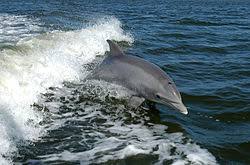 Dolphins
Dolphins cannot stay long underwater because they breathe through their blowholes above water.
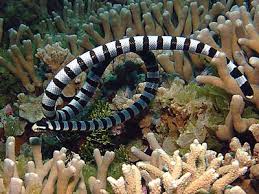
The most poisonous snake in the world is
Belcher's Sea Snake or the Faint-banded Sea Snake (Hydrophis belcheri).
Turtles and
sea cucumbers can breathe through their butts.
Submitted by: BJ Caronan
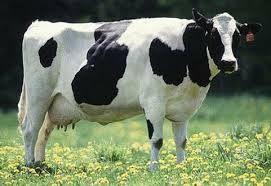
The
cow has four stomachs, as most ruminant mammals do.
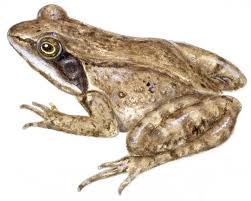
The little
Alaskan Wood Frog
is capable of reviving itself back to normal life after staying
completely frozen for months, during which its heart, brain and other
organs stop functioning.
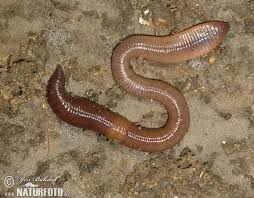
Some species of
earthworm can have as many as 10 hearts.
Submitted by: Jhun Mark Soriano
There are more species of fish in Amazon river than in the entire Atlantic Ocean (Over 2,000).
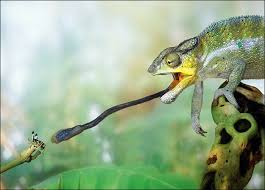 Chameleons
Chameleons often have tongues longer than their bodies.

'A
worm is both male and female at the same time (a hermaphrodite.)
Dolphins and whales are mammals that don't drink water.

Sheeps, goats and the octopus have almost
rectangular-oval pupils in their eyes.
Submitted by: Abby
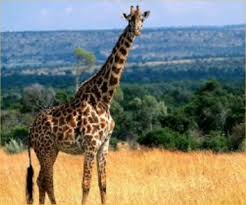 Giraffes
Giraffes could pass out with blood filling their brain when
they lower their neck, so they have a sponge-like organ in the head
which slowly gathers and releases blood.

The Golden "
Poison Dart" frog in South America is the most poisonous vertebrate in the world.
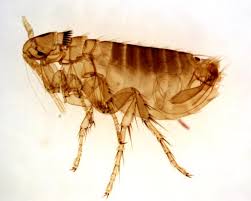
The acceleration rate of a
flea's jump is 20 times that of a space shuttle during launch.
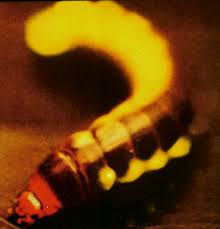
The
Brazilian "
railroad worm" has a head that glows with a red light, and has a green light on its side.
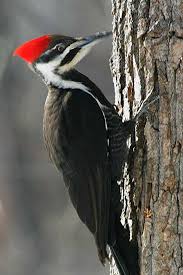
A
woodpecker can peck with a force as high as 1,200 g's with
each impact - equivalent to a human striking head against a wall at a
speed of 25km (16mi) an hour each time.
A large woodpecker can peck as fast as 20 times a second and up to 12,000 times a day.
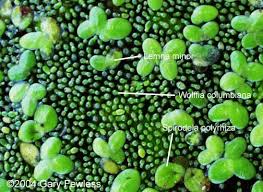
The world's smallest flowering plant is the
Wolffia, whose one full bouquet of flowers can fit on the head of a push-pin.
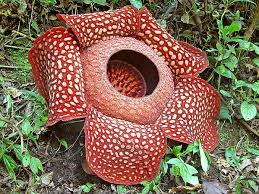 Rafflesia Arnoldii
Rafflesia Arnoldii is the largest flower in world, and can grow as big as an umbrella.
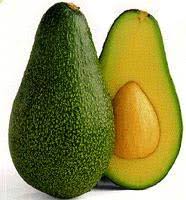 Avocados
Avocados have the highest fibre and calories of any fruit.
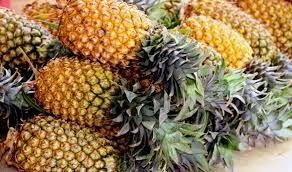 Pineapple
Pineapple is actually a giant berry.
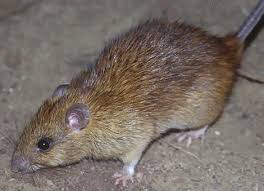 Rats
Rats can swim for about 1km (0.5mi) without rest, and can tread water for three straight days.

Our
eyes can distinguish as many as 10 million distinct colour variations.
An average adult human has
skin weighing about 3kg in total.

While we're awake, our
brain generates enough power to illuminate a light bulb of 25 watts.
While hibernating,
frogs breathe through their skin.
Submitted by: Skittles - United States
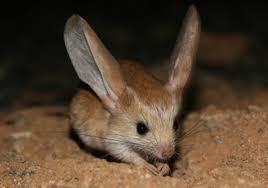
The world's smallest rodent is
Pygmy Jerboa - measuring only a couple of inches in length - and can run as fast as a horse.

The world's smallest frog - The
Little Grass Frog - is no bigger than a house fly.

With more than 80,000 arms, the
Basket Starfish has the greatest number of arms.
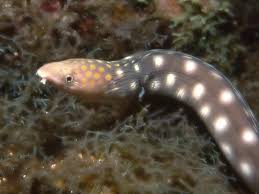
The
electric eel of South America (Electrophorus electricus) can generate over 600 volts, and can paralyze even a horse.
s
The normal energy used by our brain is 0.1 calories per minute, and could go up to 1.5 during activities such as puzzle-solving.
While only 2% in weight, the human brain requires 15% of the body's heart work, 20% of oxygen and 25% of all glucose.
For every 1000 red blood cells in our body, there is only about one white cell.
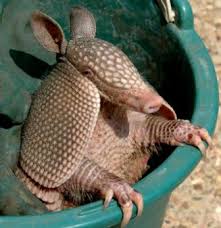 Armadillos
Armadillos spend about 80% of their lives asleep.
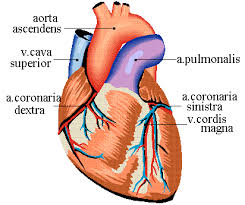
The human
heart has enough pressure to squirt blood up to 30 feet away.
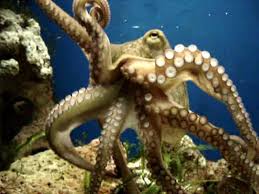
An
Octopus has three hearts.

The
Methuselah tree in California,
USA, is the oldest living organism (4,800 years old) known today.
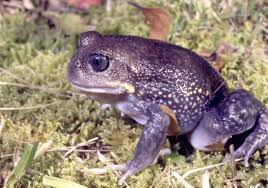
The Giant
Burrowing Frog doesn't croak. It hoots like an owl.
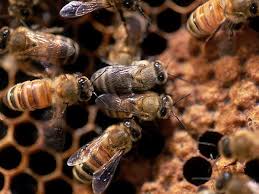 Honeybees
Honeybees have remained unchanged in form or structure for 20 million years.
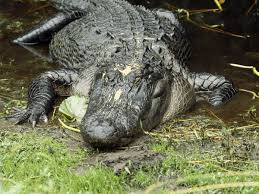
An
alligator may go through 2000 to 3000 teeth in a lifetime.
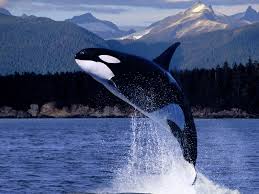 Whales
Whales were once land mammals that moved to the sea and adapted to marine life.

The tongue of a
blue whale is bigger than a taxi cab, and can weigh as much as an elephant.
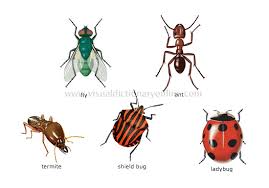
There are more
insects in a single square mile of fertile soil than there are people on the entire earth.

The longest recorded distance flown by any
chicken is about 92m (301.5ft) in 13 seconds.
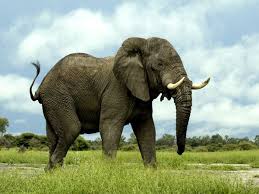 Elephants
Elephants can hear through their feet.
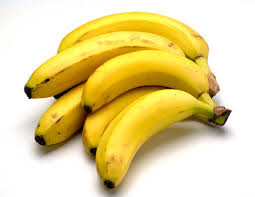
B
ananas are actually giant herbs - related to the orchid family.
The adult heart pumps about 7,500 litres of blood every day.

There are more
bacteria and microbes in our body than actual cells that make up the body.
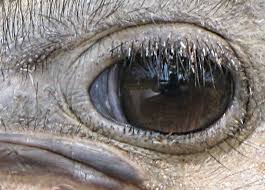
An
ostrich's eye is bigger than its brain.
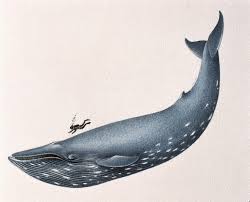
The
blue whale can produce the loudest sound produced by an animal - up to 188 decibels - and detected as far away as 853km (530mi).
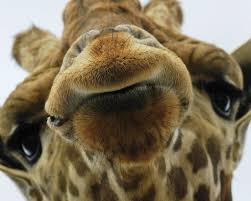
The
giraffe is one of the quietest animals: it has no vocal chords to make any noise.
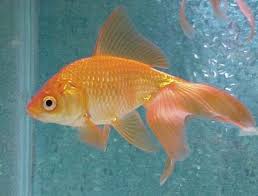
A
goldfish (like most marine fish) can survive in a tank full of human blood.
.
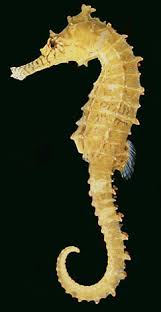
In
seahorses, it's the male who gives birth to the young.
You shed and regrow your skin every 28 days, that's about 1000 times in a lifetime.
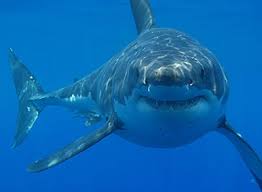
The
shark has to keep moving to stay alive.
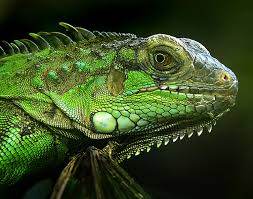
An
iguana always lands on its fee.
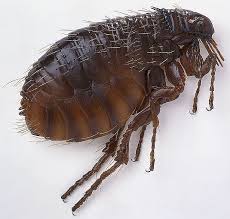 Fleas
Fleas can jump 130 times higher than their own height. In human terms, that's a 6ft tall person jumping 780 ft in the air.
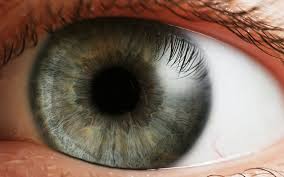
The
human eye blinks an average of 4,200,000 times each year.

The
liver is the only organ able to regenerate itself completely.
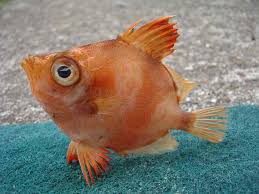
A
fish never closes its eyes.
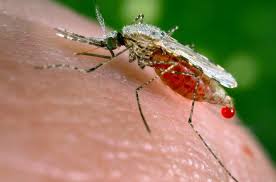
Only female
mosquitoes bite people.
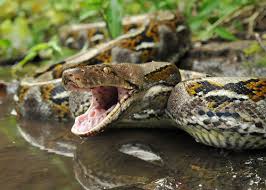
The
Reticulated Pythons are the world's longest snake and also the longest reptile.
95% of all the animal species on the earth are insects.

The human
brain is 80% water.
If you shrunk a car to the size of a cockroach, the roach could outrun the car. Cockroaches can run about 200 scale miles per hour.
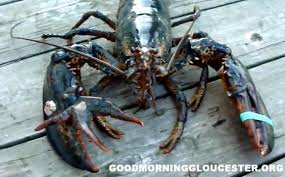
A
lobster has a sense of smell about 1000 times keener than a human.
95% of all animals are invertebrates (without a backbone or spinal column).
Frogs eat their skin after they shed it.
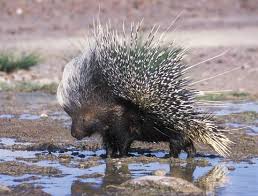 Porcupines
Porcupines float in water.
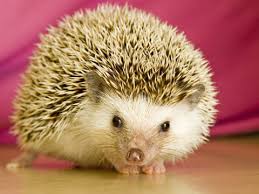
A
hedgehog's heart beats 300 times a minute on average.
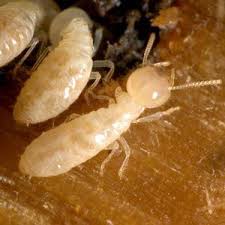
The world's
termites outweigh the world's humans 10 to 1.
The average person has over 1,460 dreams a year.
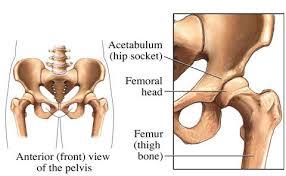
Human
thigh bones are stronger than concrete.
If a person or an animal is born colorblind, they instantly have excellent night vision.
 Elephants
Elephants are the only land animal that can't jump.
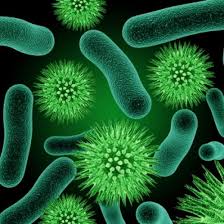
A teaspoonful of soil may contain 100 million
bacteria.
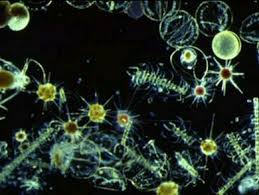
Eighty-five percent of all life on Earth is
Plankton.
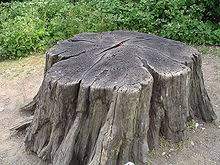
You can figure out which way is south if you are near a
tree stump. The growth rings are wider on the south side.
Eighty-five percent of all the plants and animals live in the sea.
Babies are born far sighted - their eyes start to focus properly between 3 to 6 months of age.
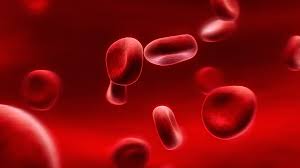 Men
Men have more
blood in their circulatory system than
women and more
red blood cells.
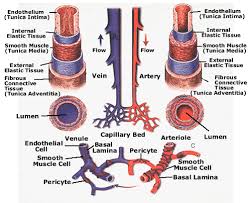
Your
blood vessels, if laid end to end, would encircle the globe twice over.

Some species of
Bamboo can grow at the rate of 1m (3.2ft)in 24 hours.

A single
bacteria cell, given all the food it needs, could divide into a ball of cells the size of the Earth in 24 hours.
The DNA in a single human cell is 37m (121ft) long when unravelled.
DNA unravels at 7000 RPM (revolutions per minute).
Every four days the worlds population increases by one million people.
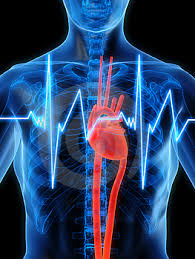
If all major forms of
cardiovascular disease were eliminated, human life expectance would increase by 9.78 years.

The right
lung takes in more air than the left.

Women
blink nearly twice as much as men.

The ears of a
cricket are located on the front legs, just below the knee.
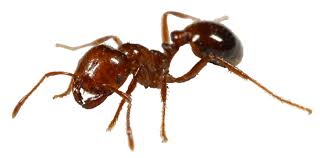
The
ant can lift things 10 times its own weight.
20/20 vision means the eye can see normally at 20 feet. 20/15 is better; the eye can see at 20 feet what another eye sees at 15 feet.
Healthy nails grow about 2 cm each year. Fingernails grow four times as fast as toenails.
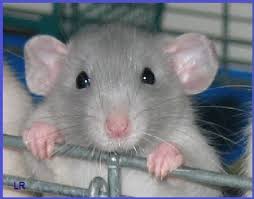 Rats
Rats multiply so quickly that in 18 months, two rats could have over 1 million descendents.
Ants do not sleep.
Elephants have been known to remain standing after they die.
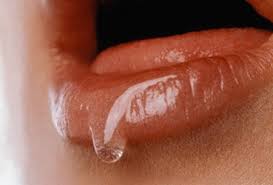
The average human produces about a litre of
saliva a day -- about 37,854 litres in a lifetime

A
cockroach can live for several weeks without its head.
.
Fish are the only vertebrates that outnumber birds.
Seventy percent of the dust in your home consists of shed human skin
Oxygen, carbon, hydrogen and nitrogen make up 90% of the human body.
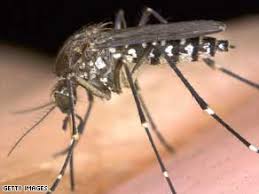
A
mosquito has 47 teeth.
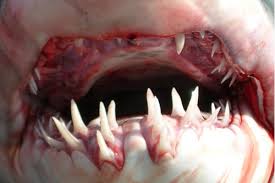 Shark's
Shark's teeth are literally as hard as steel.
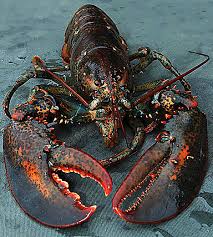 Lobsters
Lobsters have blue blood.

The heart of
giraffe is two feet long, and can weigh as much as twenty four pounds.
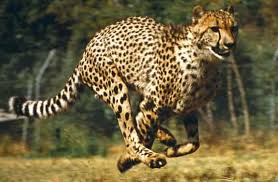 Cheetahs
Cheetahs can accelerate from 0 to 70km/h in 3 seconds.
 Crocodiles
Crocodiles swallow stones to help them dive deeper.

A
crocodile's tongue is attached to the roof of its mouth.
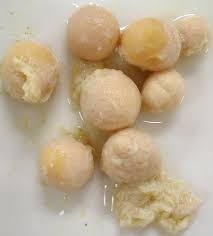
The largest eggs in the world are laid by a
shark.
The animal with the largest brain in relation to its body is the ant.

A
starfish can turn its stomach inside out.
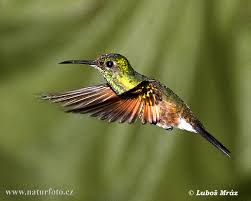 Hummingbirds
Hummingbirds can't walk.
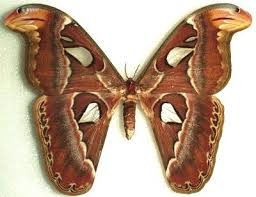 Moths
Moths have no stomach.
I think cow doesn't have four stomachs
ReplyDelete